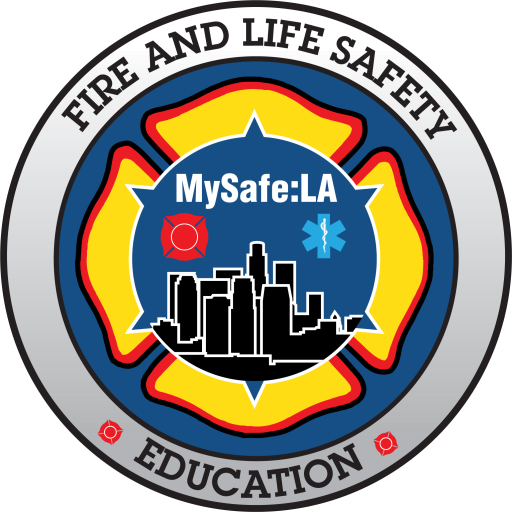Build a Kit
Master Kit (Home)
These are the essential items you may need that are found at home, including food, water, medications and other health supplies, as well as items for children and pets. Be certain you pack enough for three days (72 hours) away from your home. Some people pack enough “stuff” to last up to two weeks.
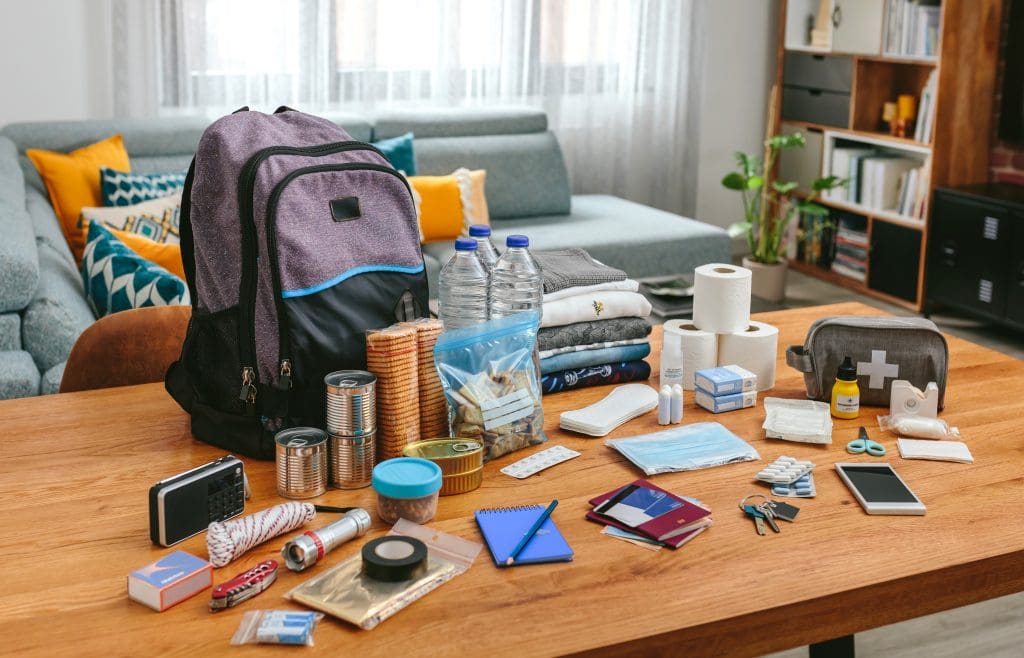
- Keys (house and car)
- Money (coins and bills)
- Comfortable shoes
- Medications (at least a one week supply)
- Glasses
- Zip lock bag
- “thumb drive” computer memory stick with all valuable items (deeds, insurance, etc.)
- N95 or KN95 masks
- Toiletries
- First aid kit
Make certain everyone knows where the emergency GO kit is – and how to retreive it in case it’s needed!
Work
Vehicle
- Jumper cables
- Portable fire extinguisher
- First aid kit, face covers, hand sanitizer, sanitizing wipes and necessary medications
- Food items containing protein such as nuts and energy bars; canned fruit and a portable can opener
- Flashlights and extra batteries
- Water for each person and pet in your car
- Cat litter or sand for better tire traction
- Shovel
- Ice scraper (yes, even in California)
- Warm clothes, gloves, hat, sturdy boots, jacket and an extra change of clothes
- Blankets or sleeping bags
- Fully-charged cell phone and phone charger (and a mobile charging stick, if possible)
- Flares or reflective triangle
Make certain you have the necessary items in your mobile GO kit to ensure the safety of anyone who may be traveling with you in your vehicle, including pets, neighbors, and people with mobility challenges.
Emergency GO kit maintenance
Once you’ve built a kit, it’s very important to ensure it remains relevant and has the proper materials you’ll rely on during an emergency. To help you maintain your emergency GO kit, here are some easy-to-follow tips:
- Keep canned food in a cool, dry place.
- Store boxed food in tightly closed plastic or metal containers to protect from pests and to extend its shelf life.
- Throw out any canned good that becomes swollen, dented or corroded.
- Use foods before they go bad and replace them with “fresh” supplies.
- Place new items at the back of the storage area and older ones in the front.
- Change stored food and water supplies every six months. Be sure to write the date you store it on all containers.
- Re-think your needs every year and update your go kit as your family’s needs change.
Water Tips
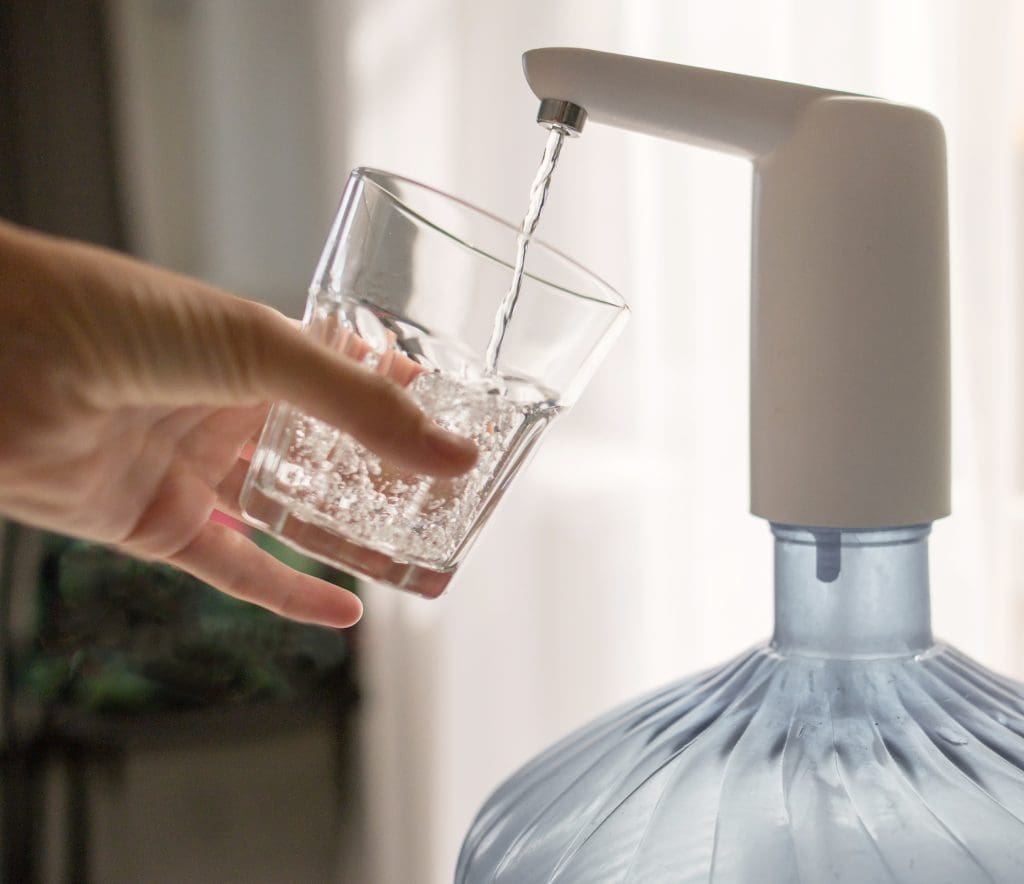
- Allow for 1 gallon of water, per person, per day for drinking and personal care. If you have pets, include their water needs in your estimates.
- Keep at least a 3-day supply of water per person.
- Children, nursing mothers, and sick individuals may need more water.
- People in warm weather areas need more water.
- If you know an emergency is imminent and you have time, fill as many containers as you can with water, including bathtubs.
- As a last resort, the water contained in your water heater can be filtered through several layers of cotton (a tee-shirt will do the trick) and used.
Food Tips

- Store at least a 3-day supply of non-perishable food.
- Choose foods that do not require refrigeration, preparation, and cook with little or no water.
- Pack a manual can opener and eating utensils like forks, knives, and spoons.
- Try to avoid salty foods as this will increase your thirst.
- Take into consideration the needs of people with dietary restrictions and allergies, infants, toddlers and the elderly.
Family First
While an emergency GO kit is designed to help keep you alive and safe when you’re either sheltering in place or you’ve evacuated from your home and neighborhood (or work), there are other issues to be considered, including the specific needs of your family. Here are some things you may wish to consider:
Plan for the Needs of Your Family
Think about family members with allergy or supply needs. Here are some ideas to consider:
For Babies
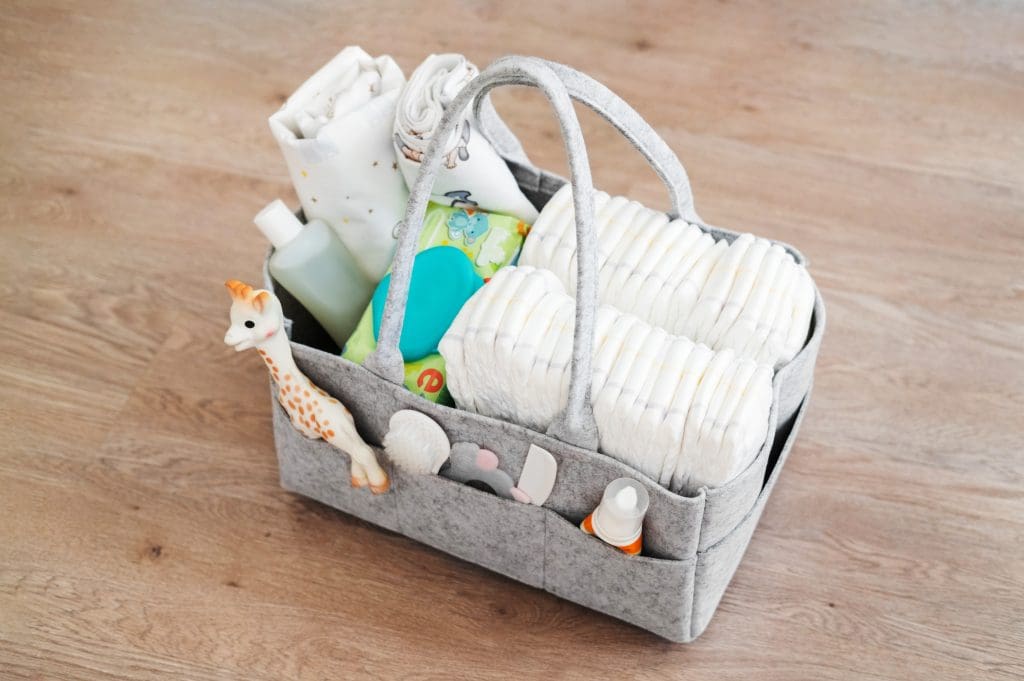
- Formula, if applicable
- Diapers
- Bottles
- Spare breast pump parts and a car adapter, if applicable
- Manual breast pump, if applicable
- Medications
- Baby Wipes
- Diaper Rash Ointment
- Vaccination Records
For Older Adults
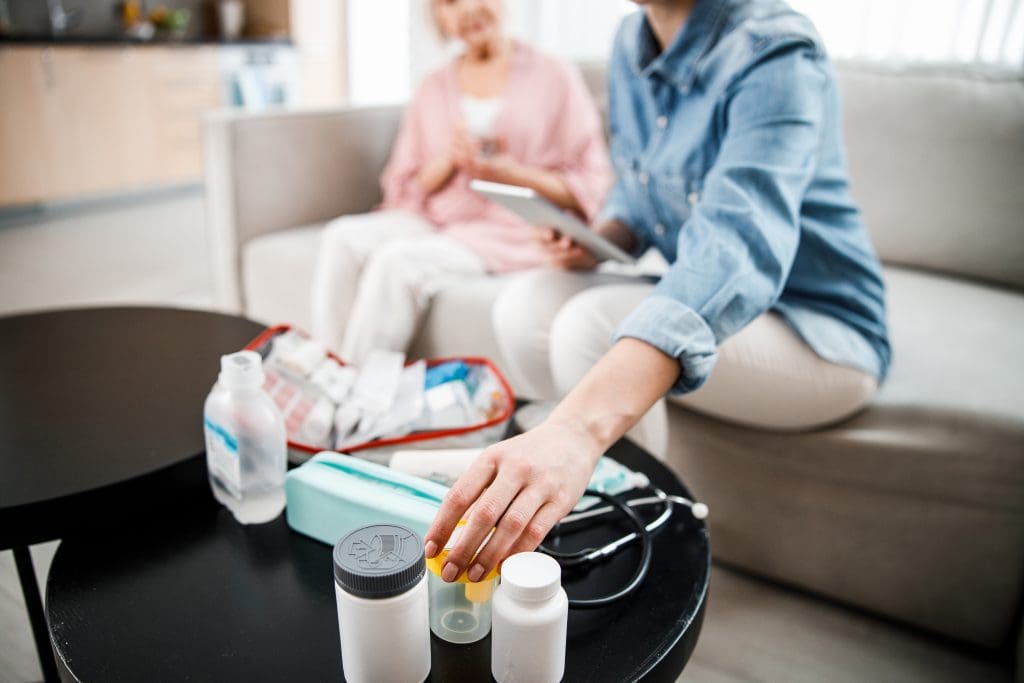
- Label any equipment (wheelchairs, canes and walkers) with your name and contact information.
- Make a list of prescription medications including your dosage and any allergies.
- Include face coverings and other supplies to keep seniors safe from exposure to illness.
- Pack an extra pair of eyeglasses and hearing aid batteries, if applicable.
- Have extra special equipment (like wheelchair batteries, etc.) in your go kit.
- Make a list of serial numbers for any medical devices for your go kit.
- Make copies of all medical insurance and Medicare cards.
- Keep a list of doctors and emergency contacts.
If you’re not certain what you may need, or your specific situation is unique, don’t be afraid to ask for help. You may reach out to MySafe:Riverside at any time.

